Optimal Timing for Foundation Repairs
Foundation repairs are most effective when performed during specific times of the year, depending on climate and soil conditions. Typically, dry and moderate weather seasons provide optimal conditions for repair work, ensuring better curing and adhesion of materials. Extreme cold or wet seasons can delay or complicate repair processes, making timing crucial for long-term stability.
Spring offers moderate temperatures and less precipitation, making it suitable for foundation work. However, early spring can be muddy, which may hinder access.
Summer provides warm weather ideal for many repair techniques. Care must be taken to avoid high heat which can affect curing times.
Fall often presents stable weather, but increasing moisture levels can impact certain repair methods. Planning before winter is recommended.
Winter is generally less suitable due to freezing temperatures and snow, which can delay repairs and affect material performance.
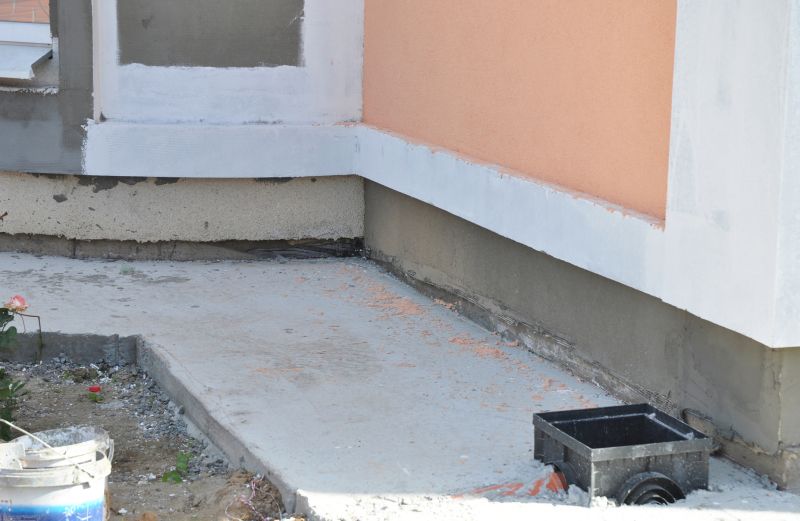
Ways to make Foundation Repairs work in tight or awkward layouts.
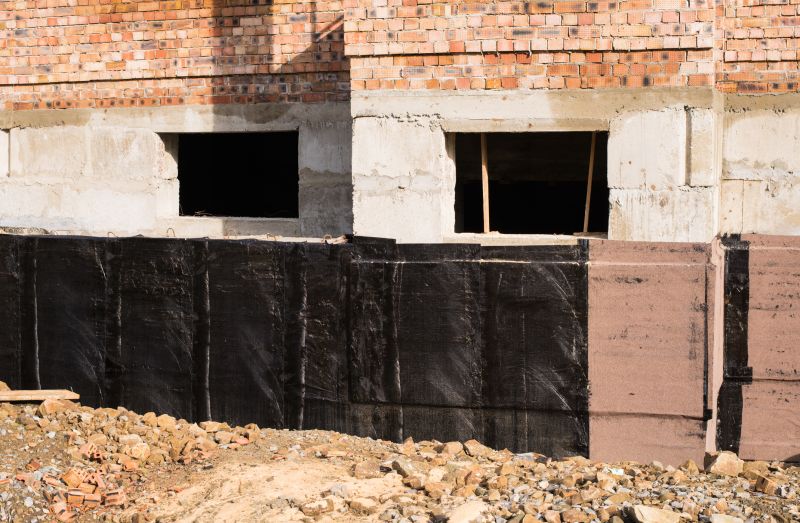
Popular materials for Foundation Repairs and why they hold up over time.
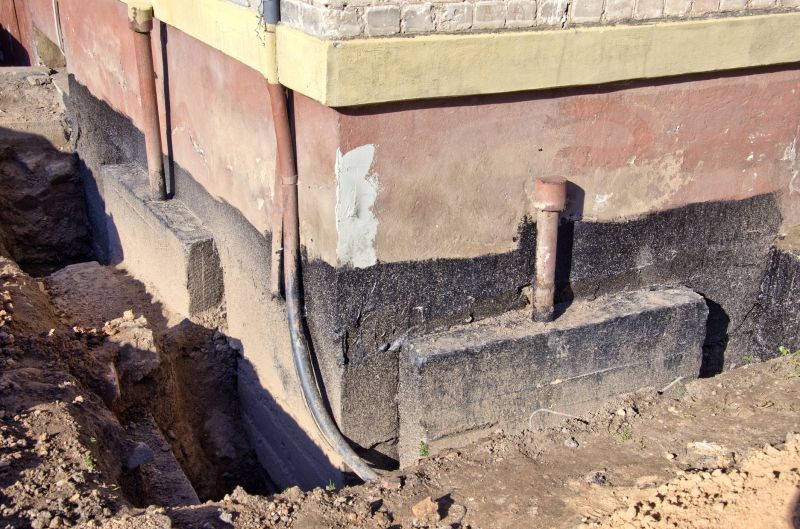
Simple add-ons that improve Foundation Repairs without blowing the budget.
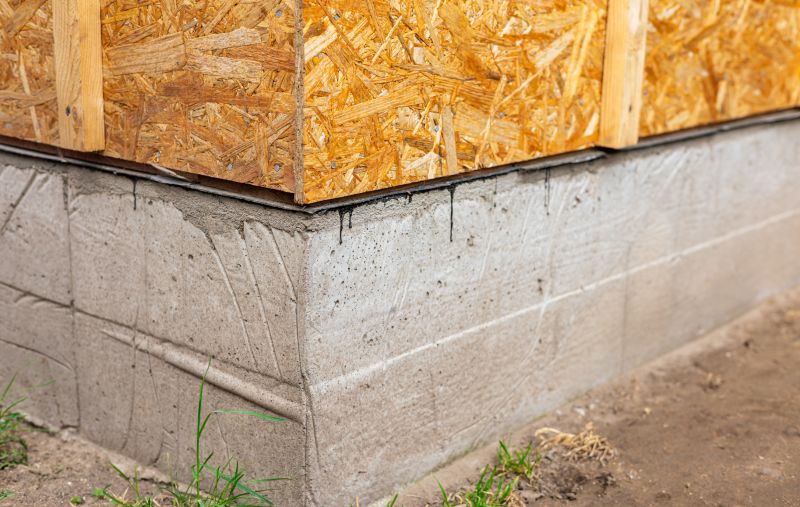
High-end options that actually feel worth it for Foundation Repairs.
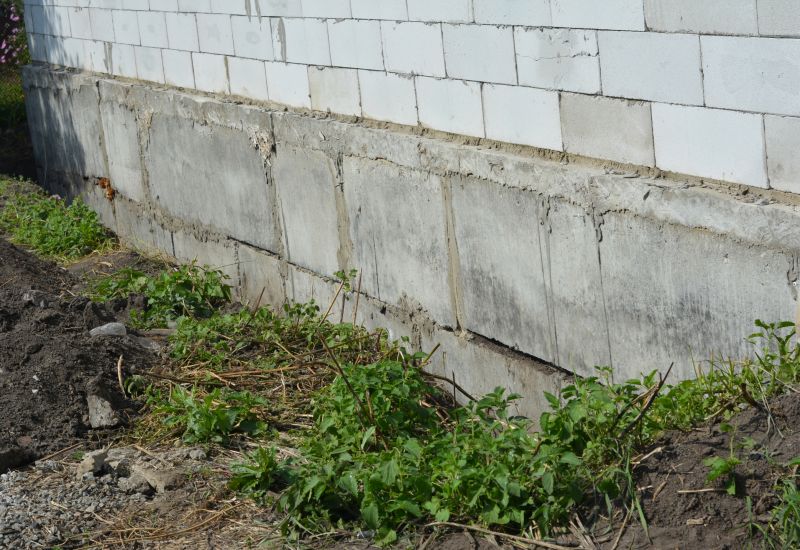
Finishes and colors that play nicely with Foundation Repairs.
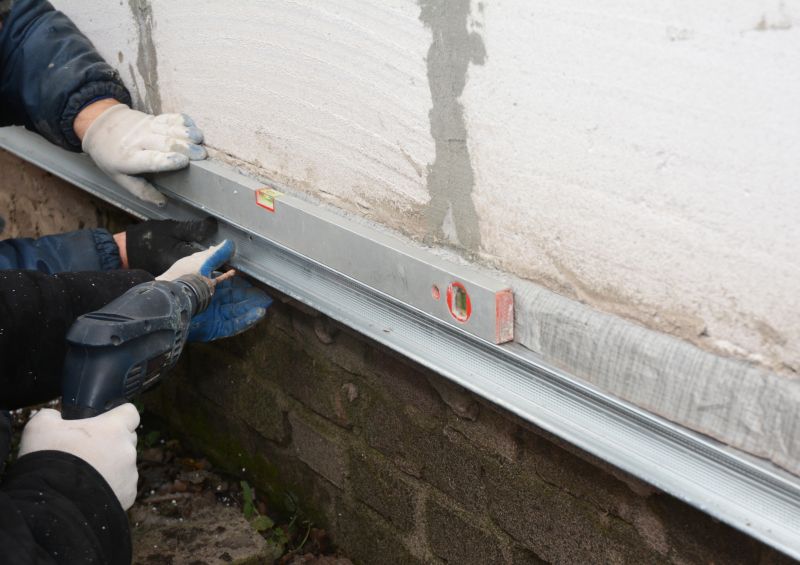
Little measurements that prevent headaches on Foundation Repairs day.
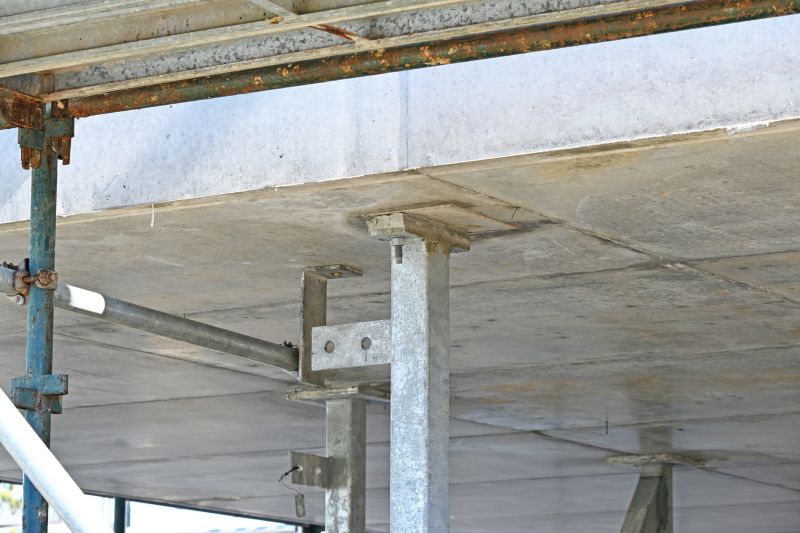
A 60-second routine that keeps Foundation Repairs looking new.

A frequent mistake in Foundation Repairs and how to dodge it.
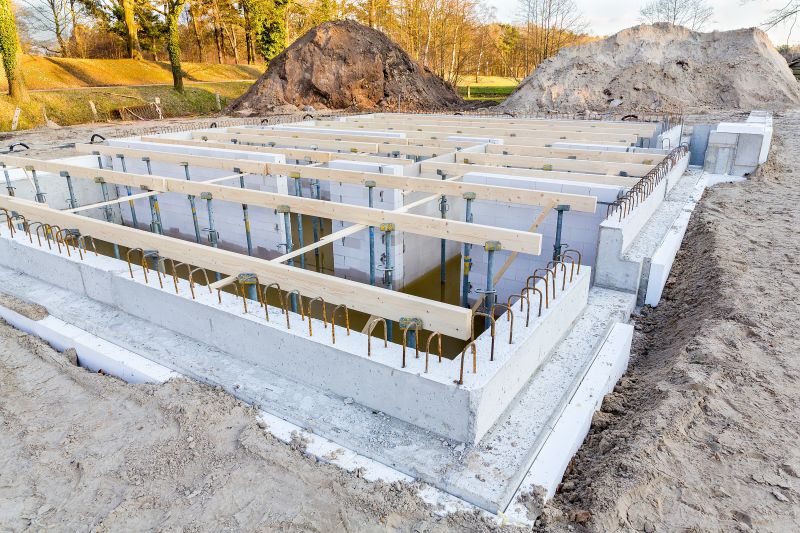
Small tweaks to make Foundation Repairs safer and easier to use.
| Season | Ideal Conditions |
|---|---|
| Spring | Moderate temperatures, less rain, good for curing |
| Summer | Warm weather, but avoid extreme heat |
| Fall | Stable weather, prepare before winter |
| Winter | Generally unsuitable due to cold and snow |
Foundation repairs involve addressing structural issues caused by soil movement, moisture infiltration, or settling. Proper timing ensures materials cure correctly and repairs last longer. Soil conditions, weather patterns, and the type of repair influence the optimal time for intervention. Statistics indicate that delaying repairs can lead to increased costs and more extensive damage, emphasizing the importance of timely action.
In regions like Park Ridge, IL, seasonal variations significantly impact foundation repair strategies. Spring and fall are generally preferred for their favorable weather conditions, reducing the risk of delays. Advanced techniques, such as underpinning and piering, require specific environmental conditions for successful implementation. Regular inspections can help determine the best timing for repairs, preventing further structural issues.
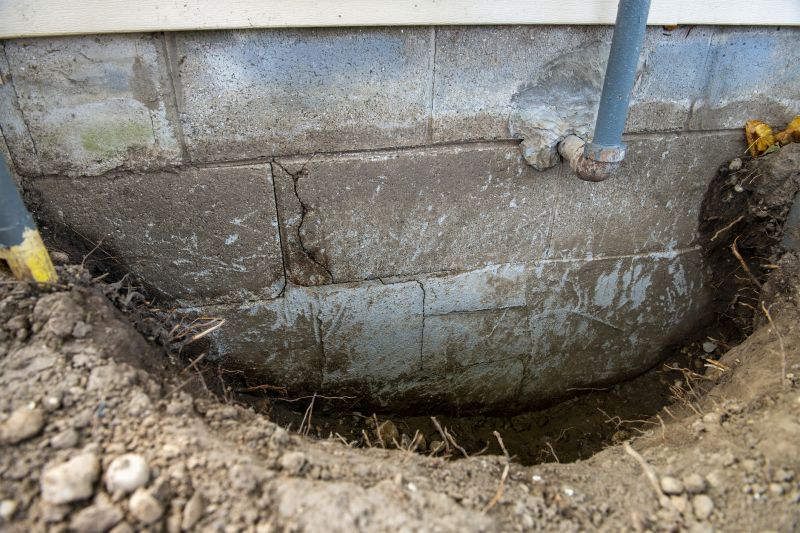
Lower-waste or water-saving choices for Foundation Repairs.

The short, realistic tool list for quality Foundation Repairs.

Rough timing from prep to clean-up for Foundation Repairs.
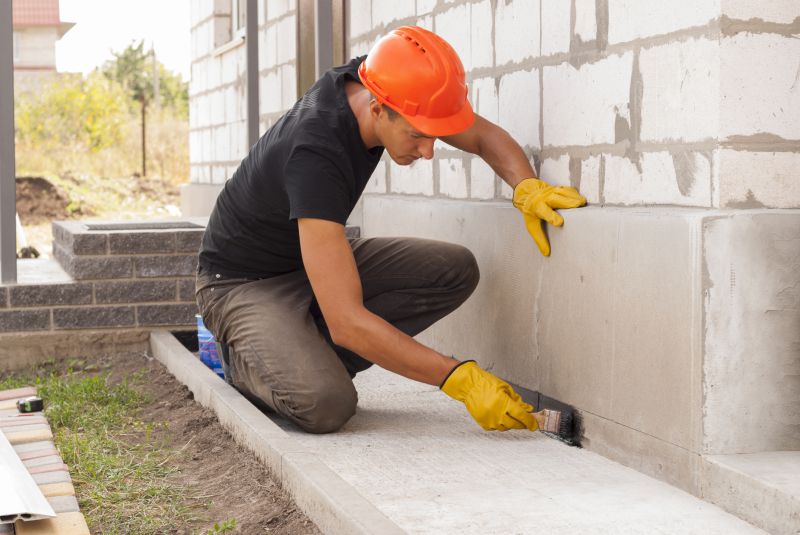
Quick checks and paperwork to keep after Foundation Repairs.
Individuals interested in foundation repairs should consider seasonal timing to maximize effectiveness. Filling out the contact form provides an opportunity to discuss specific needs and schedule repairs during optimal weather conditions. Proper planning ensures the longevity and stability of the foundation, safeguarding the structural integrity of the property.

